It is my favorite time of the year, which I am sure has been said and sung about a zillion times in the past, however it really is my favorite time of the year. Generally the air has gone from crisp to chilly, the “Uggs” are awaken for a long awaited appearance, the smell of cinnamon, nutmeg, cloves, and citrus is in the air. That is how the idea of candying a whole citrus fruits began, I yearly create candy zest from citrus fruit for recipes and gifts. This year I wanted to try an entire citrus fruit, sounds easy right? Actually NO.. there is very little information on the method for whole candied citrus fruits or any whole large fruit. Unless you want to purchase the fruit already candied, which I did not, I wanted to candy the fruit myself!
After looking for hours on the subject, talking to tons of bakeries and Chocolate tiers we know, finding very little information on the matter. We finally, in a history book written in the year 1555, found some information. The book was by Nostradamus, he wrote one of the most remarkable French works on candy-making: “Treatise on Beauty Secrets and Preserves”. Sadly I do not own the book, but was able to find about minute worth of information.” The secret of the candying process is simple, but delicate : it consists of slowly penetrating the fruit with sugar, in several consecutive baths, so that the fruit is preserved without loosing its form, its colour, or its savour. This tradition has come down through the centuries, from the Renaissance to the present.” Besides that small quote I was unable, without owning the book, to inquire more knowledge.
We did find a 2 minute video, in french, quickly showing a confit factory candying every fruit imaginable, but alas they were using machines and vats of product. Believe or not Sydney and I began a journey of trial and error, multitudes of error, of candying whole citrus or confit. Fruit confit consists of a processes of removing all the water in the fruit and replacing it with sugar. In the middle ages when fruit was sparse confit was a miracle for the people; they could preserve their very precious fruit up to 3 to 4 months. Today we consider a whole candied fruit to be a delicacy and a wonderful gift for the holidays. However large candied fruit can be considerably expensive, with an abundance of patience it is possible to implement this method in your own kitchen. I will admit there were many batches that did not make the cut, I will try and share the mistakes along with the one success we had. Even the batches that did not make the grade were eaten or used in other recipes, the mistakes were delicious.
 Since we had planned on preparing candied citrus zest, our first thought was to use the method of candying the whole fruit with same steps as one would use for candying fruit slices minus the rind. In our favor we had yet dove into any long extensive research, just our wacky common sense.
Since we had planned on preparing candied citrus zest, our first thought was to use the method of candying the whole fruit with same steps as one would use for candying fruit slices minus the rind. In our favor we had yet dove into any long extensive research, just our wacky common sense.
Sydney and I peeled with great caution, as not to have any pith on the strips, and then cut the peel into thin strips. The strips were blanched for 1 to 2 minutes, enough time to remove the bitterness without loosing the vibrant beautiful color. The water must start cool and boil with the strips of zest in the pot. The same procedure was used with the naked citrus also, after removing the white pith from the flesh with a VERY sharp pairing knife.
With a slotted spoon the strips and naked fruit were removed from their pots of boiling water and plunged into two separate ice baths, to stop the cooking processes and keep the color. Again using a slotted spoon careful lay the zest and fruit onto a clean towel and let cool down. Sugar, corn syrup, and water were brought to a boil (in two separate pots), at this point we added the zest to one pot and the “naked” fruit to the other. The heat is reduced to low, the syrup should remain at “a kiss of a simmer” and allow the citrus to cook for about 15 minutes or until most of the syrup has evaporated and the zest appears transparent. The syrup should remain clear through out the entire simmering process, do not let it brown or caramelize. When the zest has finished it’s spa bath it is ready to be transfer to a sheet of parchment paper, and while still quite warm separate the candied strips of zest, transfer to a cooling rack for about 1 hour, and roll in sanding sugar. The syrup can be saved for using as perfumed simple syrup!
The candied zest worked out perfectly, most likely because I make it yearly and I know what I am doing (I admit that does help some), the candied naked fruit tasted delicious, however was not the most attractive looking fruit. So being the stubborn perfectionist that I am, I looked at Sydney as she proclaimed “we are doing the whole citrus again” (she knows me so well).
Before I continue with the method we finally settled on, after trying more times than I care to tell, I will give you our recipe for candied citrus zest
Candied Citrus Peel
Implements needed
Citrus of choice, at least 3, our choice was 2 oranges (cara cara & navel), lemon and lime
296 grams/ 1 ¼ cup water
300 grams/ 1 ½ cup sugar
½ vanilla bean, optional
100 grams/ 1/2-cup sanding sugar
1 cutting board
1 knife
1 peeler
1 saucepan
1 sieve
1 slotted spoon
candy thermometer
1 jelly roll pan or cookie sheet
1 cooling rack
parchment paper
Use a peeler to remove the zest from the citrus. Try to remove as little of the fleshy white pith as possible. Slice the citrus peel.
Carefully cut the citrus peel into long, thin slivers. You can cut into larger strips, but it will take longer to cook.
Put the cut strips into a saucepan of cold water and bring it to the boil. Cook for 1-2 minutes to remove some of the peel’s bitterness then strain with a sieve. Repeat one or two more times, without loosing the color of the zest. The last blanching gently dry the zest on a paper towel before proceeding to the next step.
Slice along the length of the vanilla bean without cutting all the way through (optional). Then carefully open it up and scrape out the pulp with the blade of the knife. Place both the bean and the pulp into a saucepan of syrup.
Add 297 grams of water and 300 grams sugar (1 1/4 cups of water and 1 1/2 cups sugar in a medium pot).
Place water, sugar, vanilla pulp, vanilla skin in the saucepan on a high heat and swirl to dissolve the sugar. Bring to the boil and add in the citrus peels. Swirl and turn down the heat. The heat should register on candy thermometer at 118º C/235ºF, the thread stage.
Simmer in the syrup for approximately 15 minutes, until soft and translucent. There should be very little syrup left in the pan. Pour the candied peels onto a jellyroll pan lined with parchment paper, while still warm transfer the peels to wire rack, separating the pieces as needed.
Let peels dry 1 hour. Toss with 100 grams/½-cup of sanding sugar to coat, you can use granulated sugar, I just love how the sanding sugar sparkles.
It is now ready to serve.
Use it to decorate cakes or any desserts, dip in chocolate , or eat as is. Stored in a sealed container, it will keep in the fridge for up to 6 months.
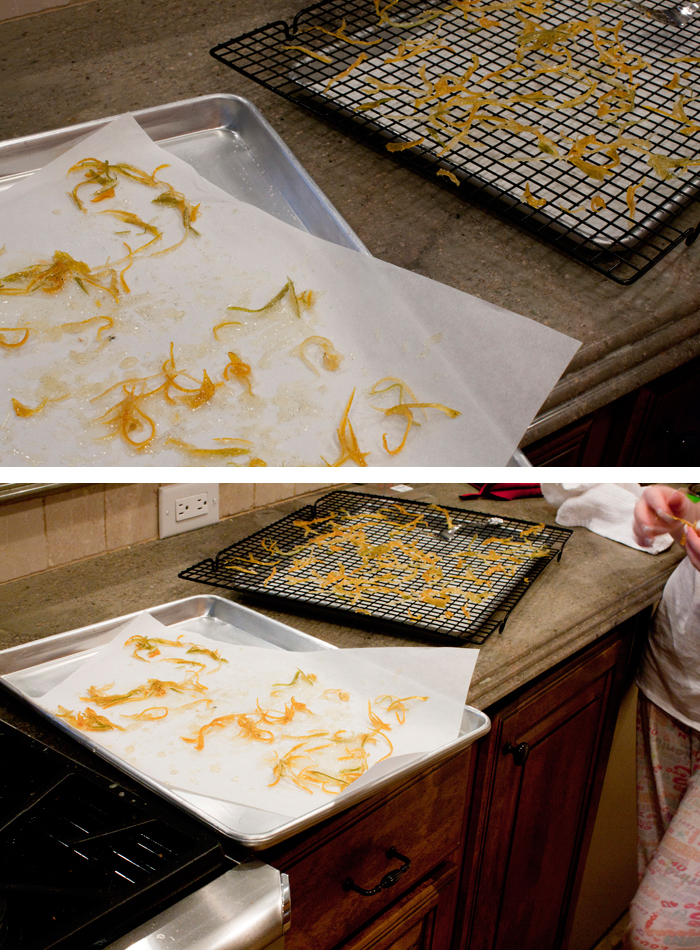 This scattering of alluring color will dry and be sugared YUM!
This scattering of alluring color will dry and be sugared YUM!
The method and recipe for candied whole citrus fruit or fruit I am going give, for the record it is loosely a recipe, because the recipe can change with your needs and amount of fruit. I am going to do my best to explain what we learned through trial and error, plus reading a few of sydney’s college chemistry books, on preparing candied whole fruit. Any fruit can be candied, from watermelon, pineapple, to cherries, citrus and plums. The chemistry behind persevering the fruit as I stated in the beginning of the blog is confit, depending on the size of fruit will determine how long the entire process will be. The orange we candied took a little more than 24 hours, but should have cooked longer by about 4 hours.
On Monday morning early we began to experiment again (I believe this was our 5th attempt of a whole citrus candy fruit). It started with submerging the citrus in scolding hot water for 2 minutes 45 seconds, just to blanch them, quickly, but carefully remove each citrus with a slotted spoon and immerse in an ice bath for 1 minute. repeat this processes about four time. (Each time you blanch and cool the water must be new and clean). Now it is time to start the sugar water, this is a long, delicate, but easy procedure of concentrating the syrup with more sugar each time. While the first pot of sugar and water are dissolving and coming to a thread stage, grab metal skewers (wooden ones are not up for the task at hand) begin to poke wholes all around the fruit.
Once the syrups temperature is at a registered 118º C/235º F on a candy thermometer carefully with your slotted spoon place the citrus in the syrup. Keeping the syrup at the thread stage and not letting the syrup change in color cook for about 1.5 hours, turn off the heat and allow the syrup to cool down with fruit resting inside the pan of syrup. This process continues though out the day creating thicker syrup with more sugar and less water, and adding 80 grams/1/4-cup corn syrup. As I promised I am sharing our recipe, but I did not take my orange as far as I should have to achieve transparency. The proper look for the fruits outside is to be transparent. I am in the process of making more and will post the rest of the pictures soon. I will tell say the orange was mighty tasty as is, but I am a perfectionist and i need to achieve full transparency. In fact it is excruciating for me to post this blog and have the fruit look good, but not perfect, however due to the long processing time I wanted to share this recipe as early in the holiday season as I could.
Candied Whole Orange learn how to candy a whole orange or citron in completely detail and step by step.

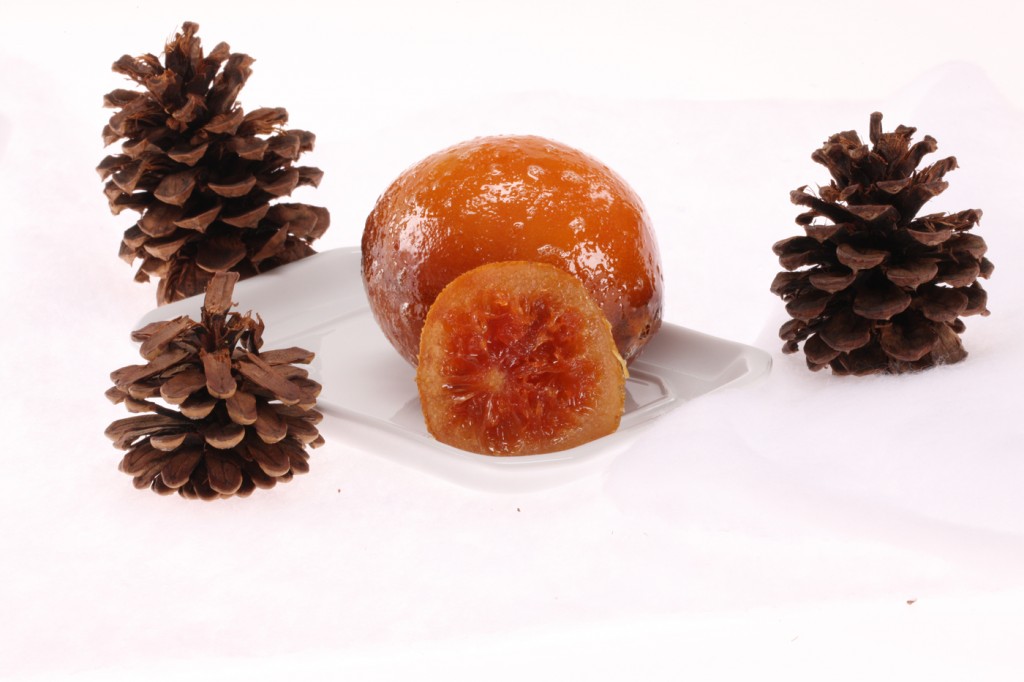
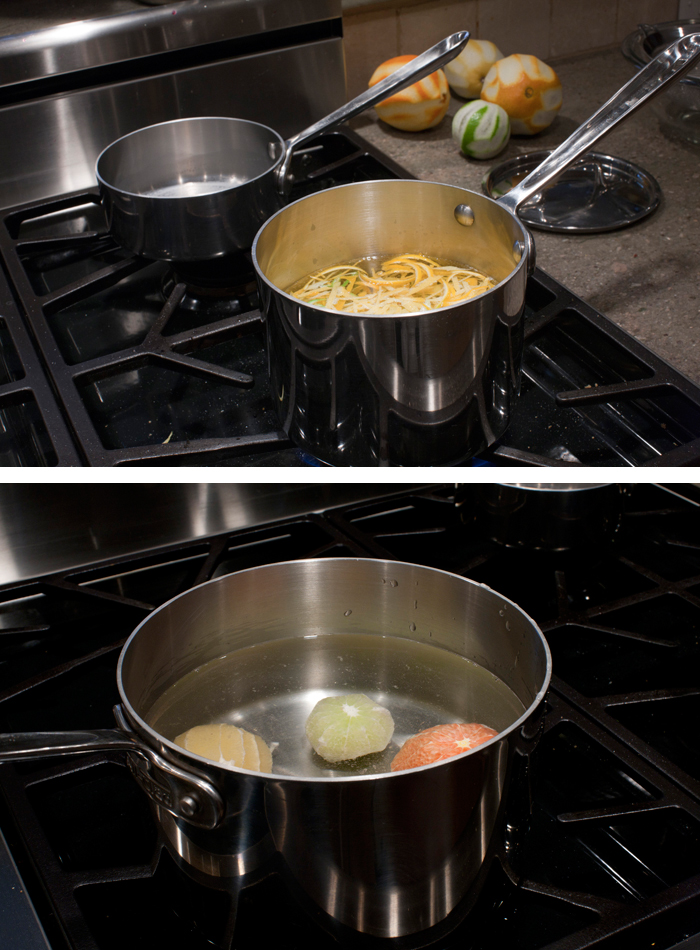
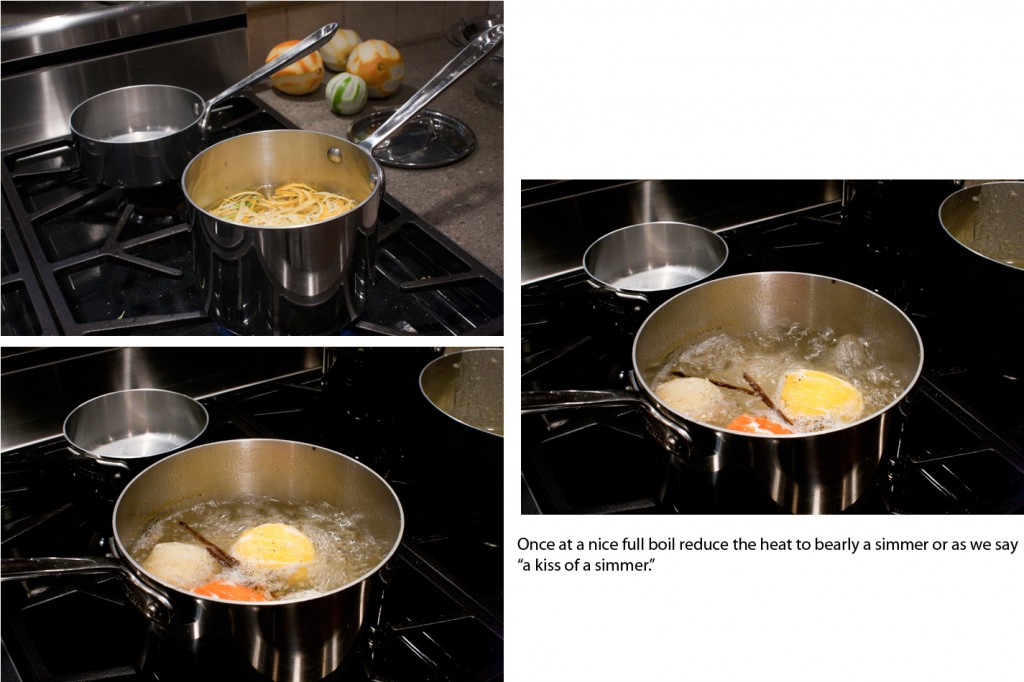
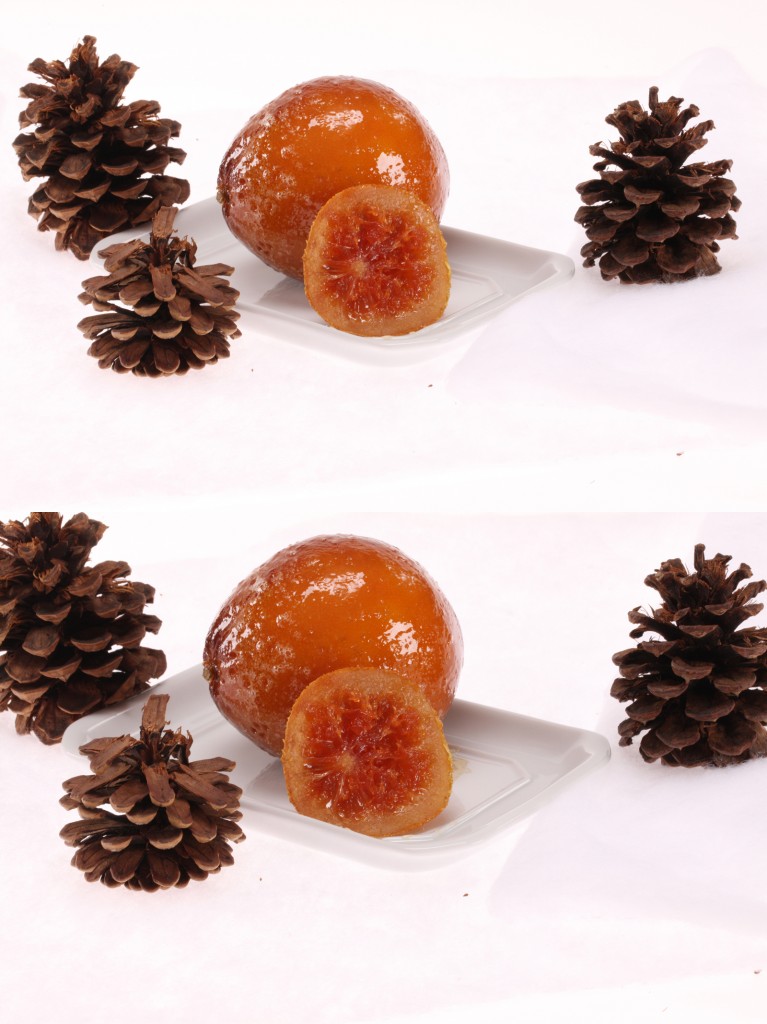








Great post, I think website owners should acquire a lot from this website its real user friendly .
wow this is sensational, and a lot of research great job!
I love the expression. Everyone needs to express there own opinion and feel free to hear others. Keep it up
I think other website proprietors should take this web site as an model, very clean and wonderful user friendly style and design .
Hey i would like to give you thanks for giving us that very informative post. it’s really a very interesting post.
Im happy U did it. Thanks for writing so informative post. Im lookin’ forward to c and read ur next post. Cheers
love the life in London. I wanted to let you know I love the site
Wonderful information – keep it in that way
Hey i would like to give you thanks for giving us that very informative post. that is really a very interesting blog topic.
Oooh, you’re such an inspiration. I love this blog!
I am really thankful to this topic because it really gives great information “-‘
What a ton of research you did, I actually tried your recipe and had a positive out come Thanks it saved SO MUCH time 🙂
I have bookmarked this recipe and I can’t wait to try – this weekend. What a wonderful valentine’s gift. C
I can’t believe I finally found a descent blog. I have been trying to find any information on how to candy whole fruit, this is the ONLY site with this info.. Good on Ya
What blog platform are you using? I’ve been looking for a new one, and this seems much cleaner then wordpress. Your cakes are amazing btw, I been checking out more of your posts.
I am wordpress, sorry it is giving to trouble
This site is completely different for most cooking blogs, your site raises the bar. I generally repeat the instruction and recipes only to find they fail. I was believing I was baking challenged, but I’ve had been able to reproduce everyone of your recipes. Thanks for boosting my ego 🙂
Great site and theme. Thanks for sharing 🙂
nobody seems to take the time to research their topic like you. Thank you
thanks, very well written post, found it through a random google search and i shared it on my stumble upon account
Merely wanna remark on few general things, The website style is perfect, the content material is very wonderful : D.
thats right to the point! great informaton
Great information, I can tell you put a lot of work into this
wow you have done a lot of work for this post. You must love your work and it shows
Pretty perspective post. Never thought that it was this straightforward after all. I have spent a great deal of my time searching for someone to clarify this matter clearly and you’re the only one that ever did that. Wonderful job! Keep it up!
Enjoyed looking into this. Keep it up!
i have searched for how to make a candy fruit whole for months, this is the first site that gives any information. thank you, but where did you get the info?
Wow! what an idea ! What a concept ! Attractive .. Incredible ? I usually don?t publish in Blogs but your weblog compelled me to, incredible get the job done.. gorgeous ?
Your place is valueble for me. I visit her so often I have become a subscriber. Thanks!…
Ernest Hemingway~ Theres nothing noble in being superior to your fellow men. True nobility is being superior to your former self. You seem to understand that.
Finally someone went to the trouble and research so this processes is straight forward. Can’t wait for the holidays next year, candied fruit would be a popular gift!
I do believe that this certain blog was ever most useful in my adventures of blogging. Ever more I think everyone should know and learn the information posted. Good day. 🙂
I’m looking forward to reading far more of this.
Pretty perspective post. Never thought that it was this trouble-free after all. I have spent a great deal of my time looking for someone to explain this matter clearly and you’re the only one that ever did that. Thanks for everything! Keep it up!
Merely wanna remark that you have a very nice site, I like the style it actually stands out.
I can not believe I found this information. Every year I try to find anything on candying whole fruit, but the sites only talk about zest. Thank you for doing in depth research!
you are my muse; i have a few blogs and when run out of ideas I go to your site for inspiration.
that seems to be a great topic, i really love it.*; it seem like you spent a lot time it too*:
I have been investing more time then I care to admit on candying fruit, Thank you I tried you method and it worked.
Finally someone tells the secrets of candying whole fruit!
Finally someone gave the secret to candying whole fruit!
Brilliant, your amazing, and there should be more attention to this post Thank you 🙂
The-general-common-sense-tips-you-should-already-know, but some how forget. You always add into the post without being snippy. Thanks SO MUCH 🙂
i was posting this topic on my blog too, yours goes so far beyond Thank you for the help.
Finally a blog on this process thanks 🙂
Wow tons of information on a subject all holiday season I was trying to locate. Glad someone finally took the time to figure out how candy fruit. definitely will save me time the holidays to come 🙂
when i was searching yahoo just for this issue, i felt i would never find the answer. until i found “happy holiday candy fruit” many thanks
I’ve always wondered how gourmet shops make these kinds of things? So Much Work; Just Gorgeous!
Dang i thought your blog was killer, gave me a car load of information, i never knew, thanks blogger.